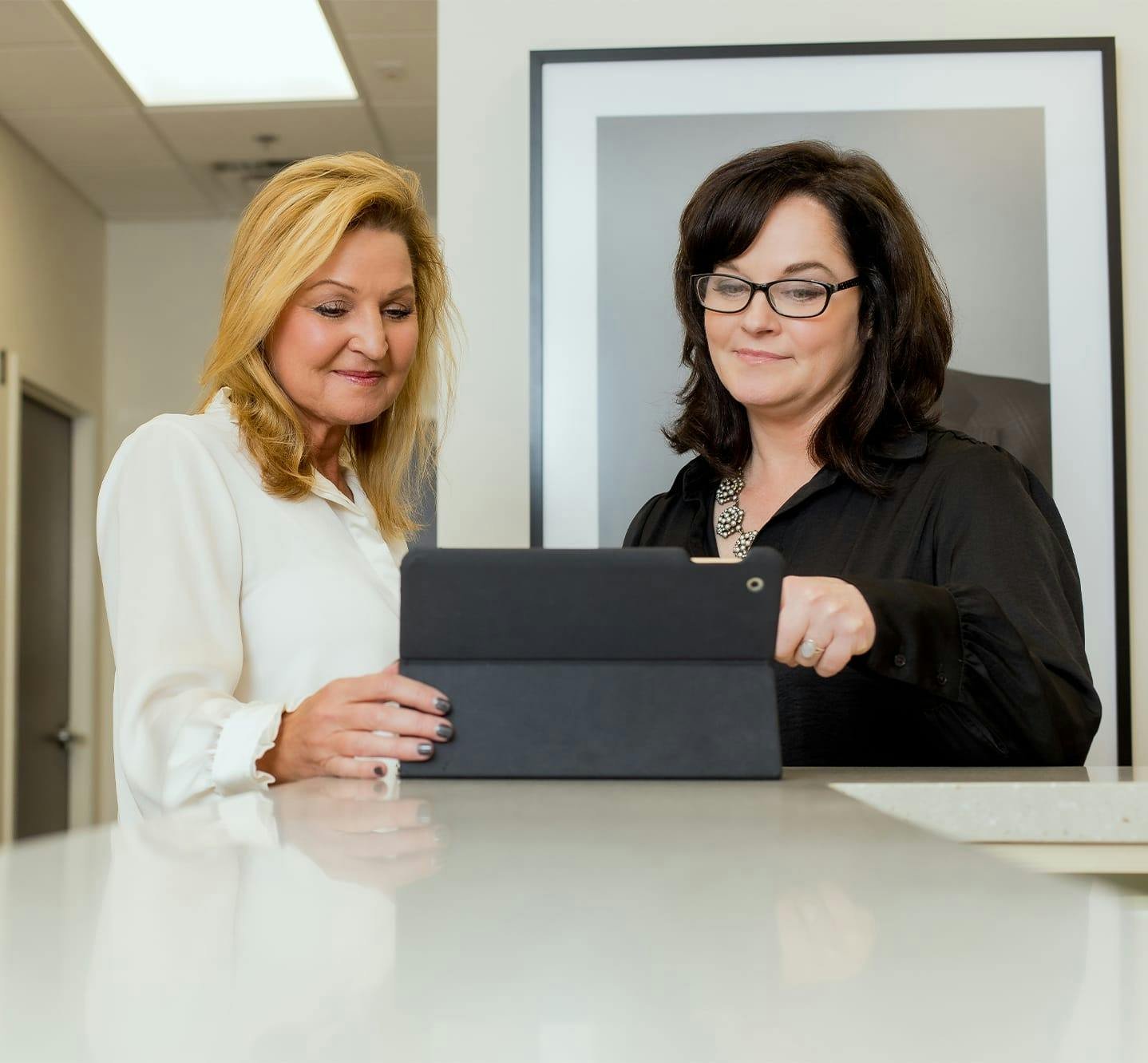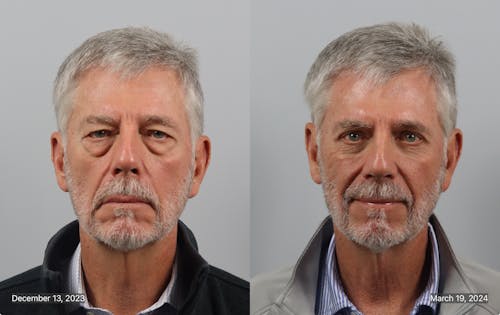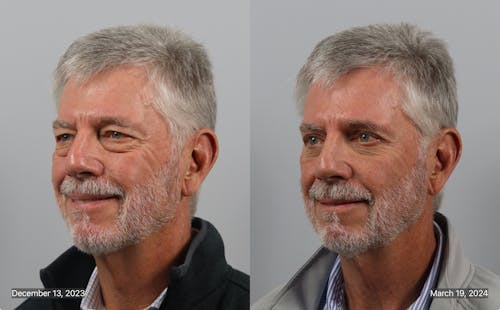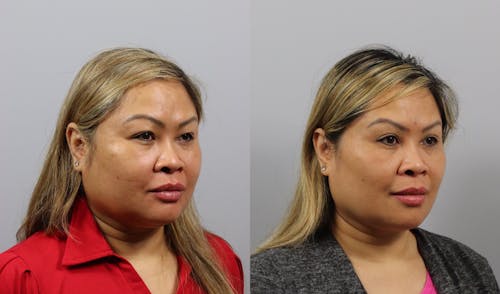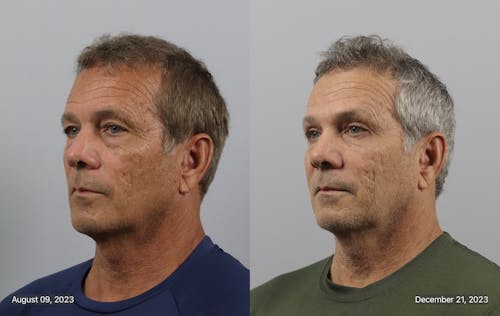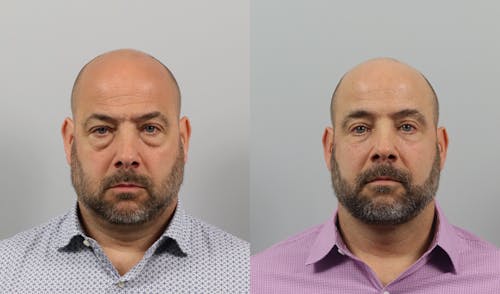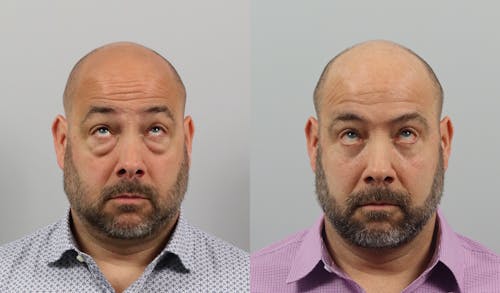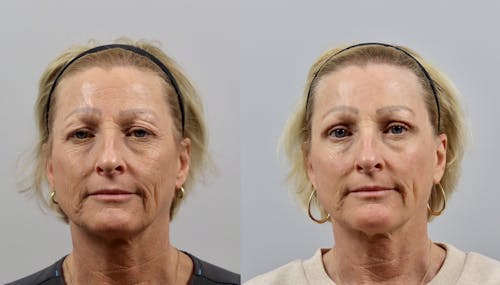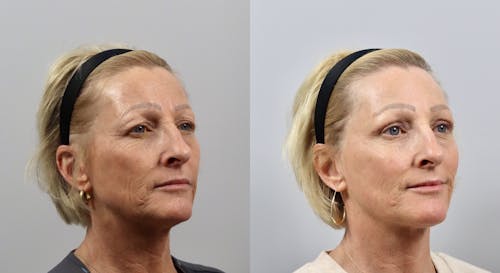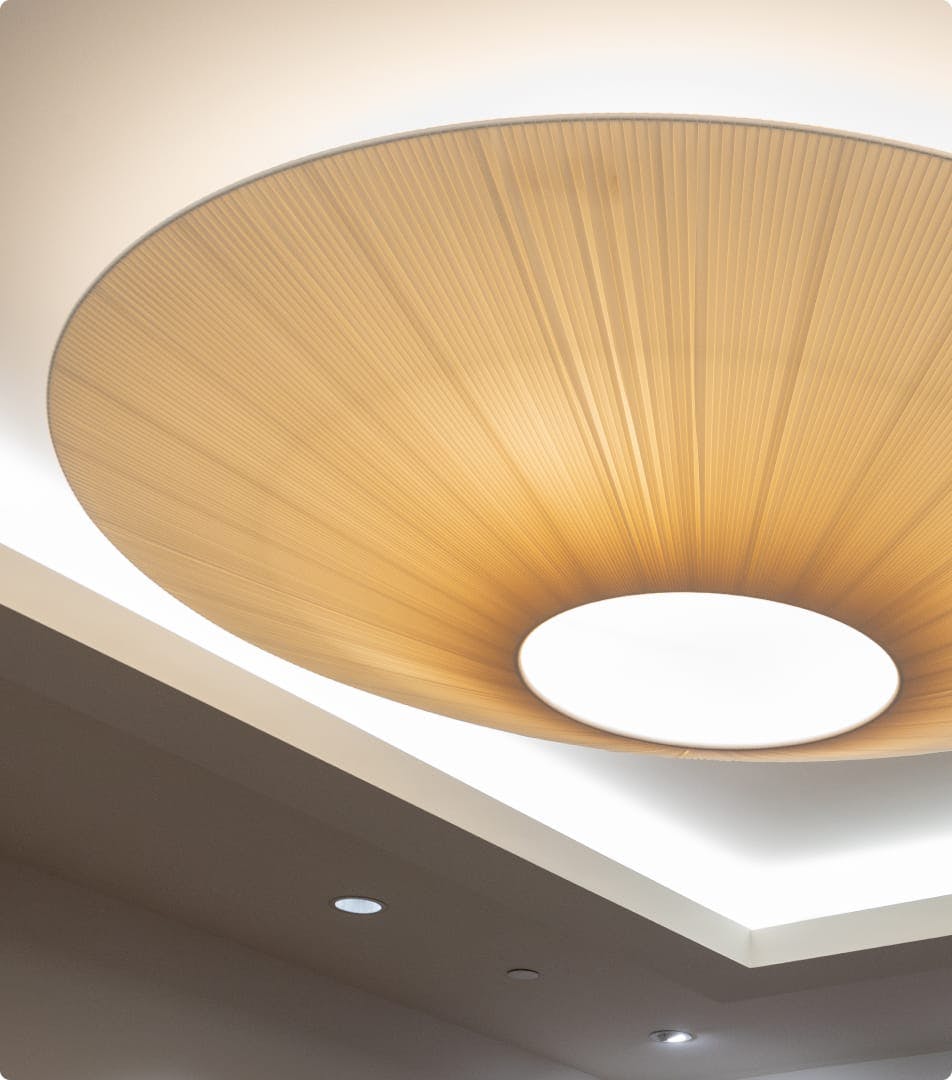See the expert for a functional eyelid lift/blepharoplasty in Nashville, TN.
What Is Blepharoplasty/Functional Eyelid Lift?
An eyelid lift, also called blepharoplasty, is eyelid surgery to remove excess skin and fat, using incisions along the natural folds of the eyelid. This procedure may be either functional (to improve vision) or cosmetic. As one ages, the upper and lower eyelid tissues begin to relax. These nonspecific changes may be accelerated by sun exposure, allergies, or recurrent swelling, all of which can result in stretching of the skin. In some individuals, this process may be hereditary. The result is an excess of eyelid tissue referred to as “dermatochalasis.” Stretching and relaxation of the orbital septum (middle layer of the eyelid) allow orbital fat to move forward. As a result, a “fullness” on the eyelid develops and increases over time. Excess eyelid tissue may create a tired look and a heavy feeling to the lids, which may make patients look and feel older. When the lids become too heavy, they can limit our side or peripheral vision, thus affecting our ability to drive and do other activities of daily living comfortably. In these cases, surgical treatment can lead to improved peripheral vision and a better quality of life.

